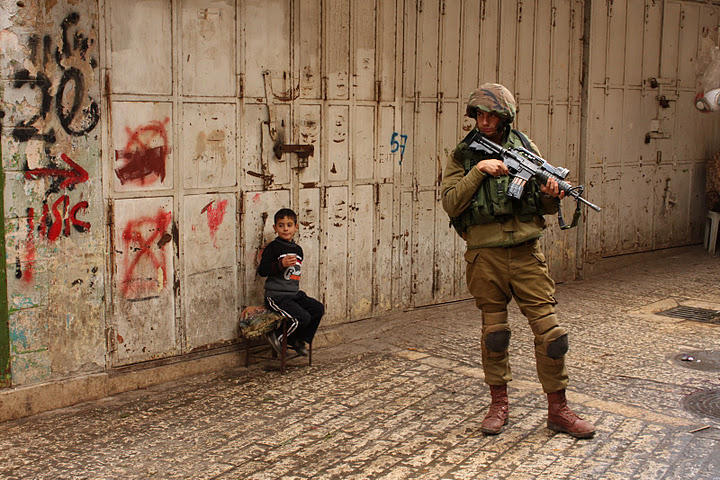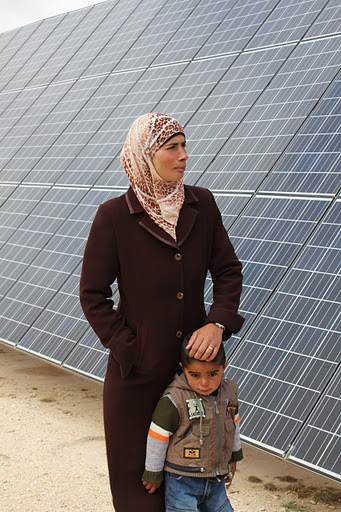Month: November 2011
-
Hebron: Zionist paraders harass Palestinians, 7 internationals detained
by Alistair George and Ben Lorber 20 November 2011 | International Solidarity Movement, West Bank Over 1000 American and International Zionists joined 700 extremist settlers in Hebron this weekend to celebrate the reading of the Torah portion detailing Abraham’s biblical purchase of Hebron land, and to assert sovereignty over the Palestinian residents of Hebron. On…
-
Imneizil demolitions: “Hanging between the ground and the sky”
by Jenna Bereld 18 November 2011 | International Solidarity Movement, West Bank The solar panels in the village of Imneizil, near Hebron, became effective almost two years ago, improved the living conditions for about four hundred inhabitants in the village, but recently residents learned that the Israeli army issued a demolition order for the solar…
-
Internationals harassed and denied entry into Nabi Saleh
by Wahed Rejol 18 November 2011 | International Solidarity Movement, West Bank Following last week’s violence in the village of Nabi Saleh near Ramallah, international observers and activists were today denied entry into the village by Israeli soldiers. The soldiers said that the entire village was a closed military zone and provided paperwork that seemed…


